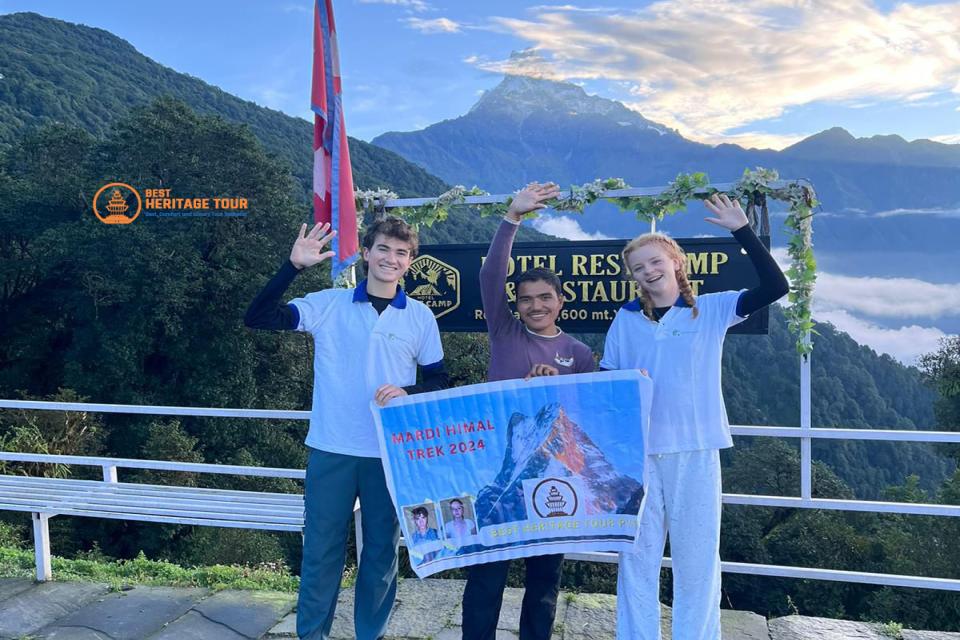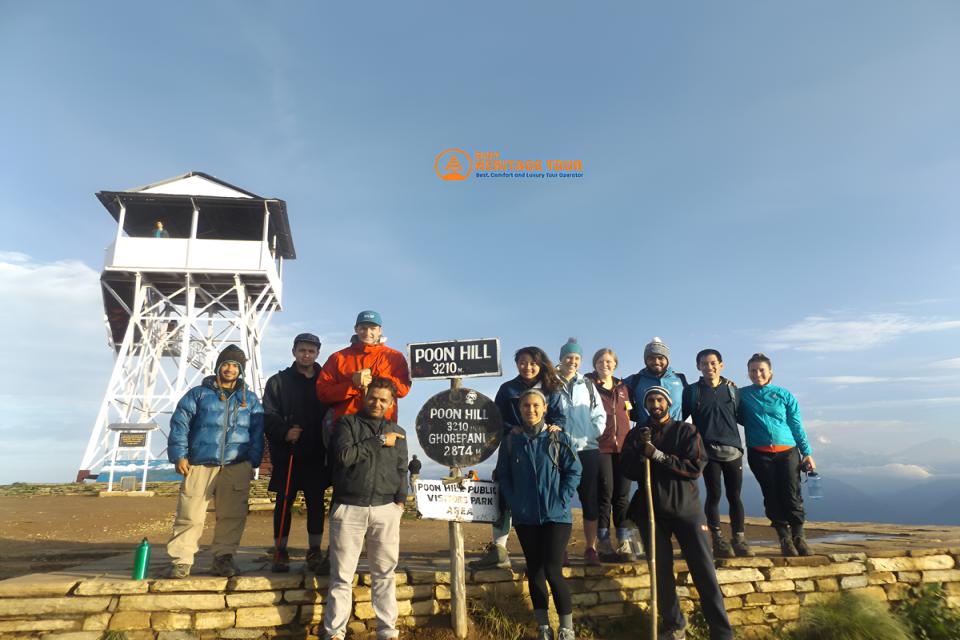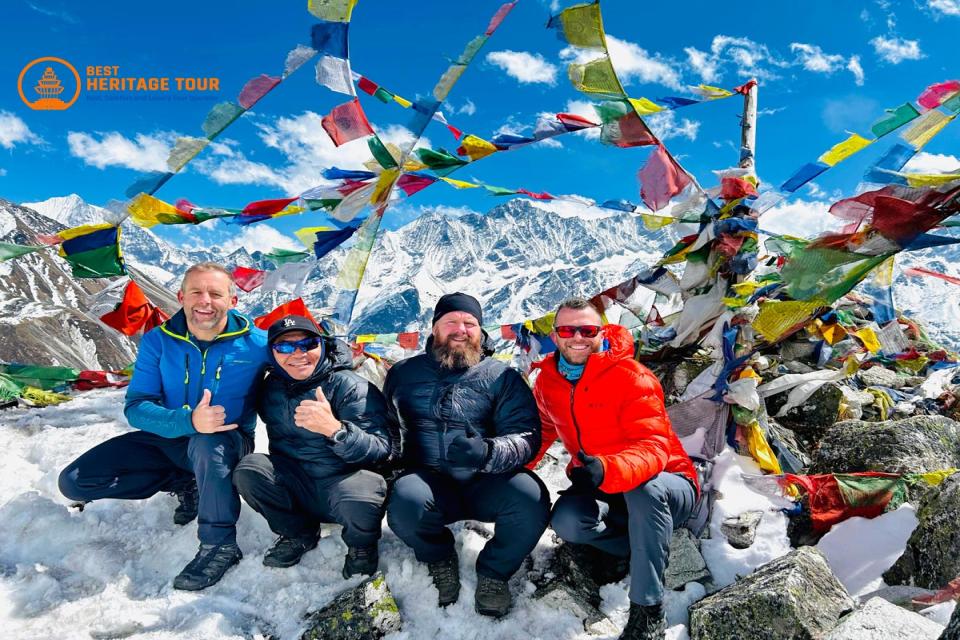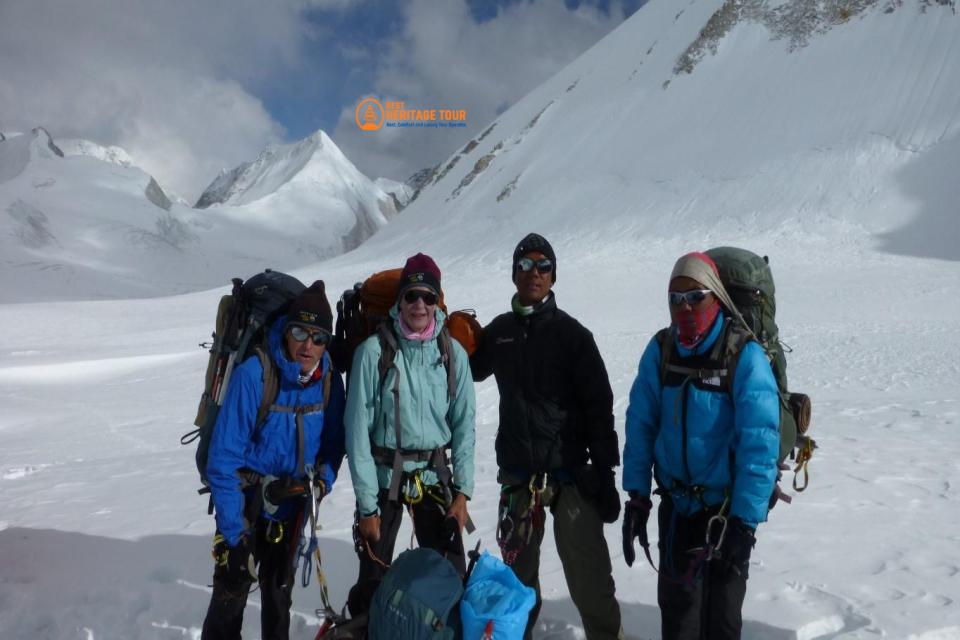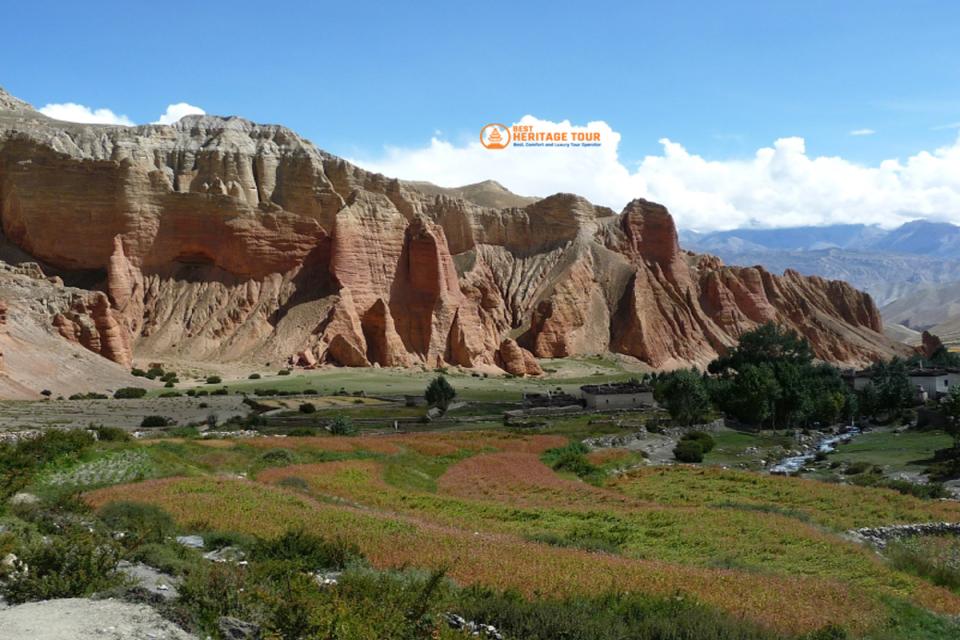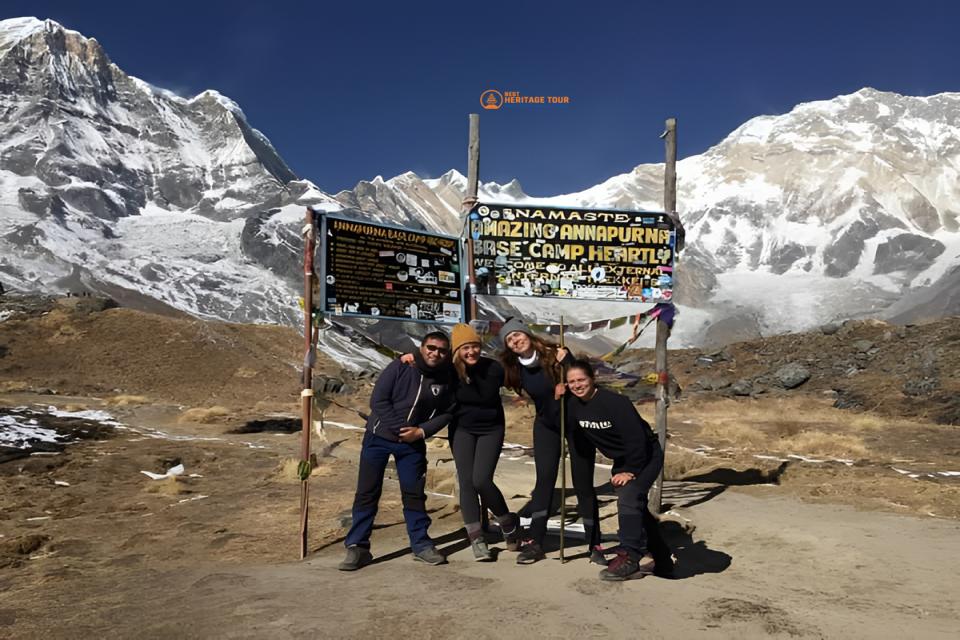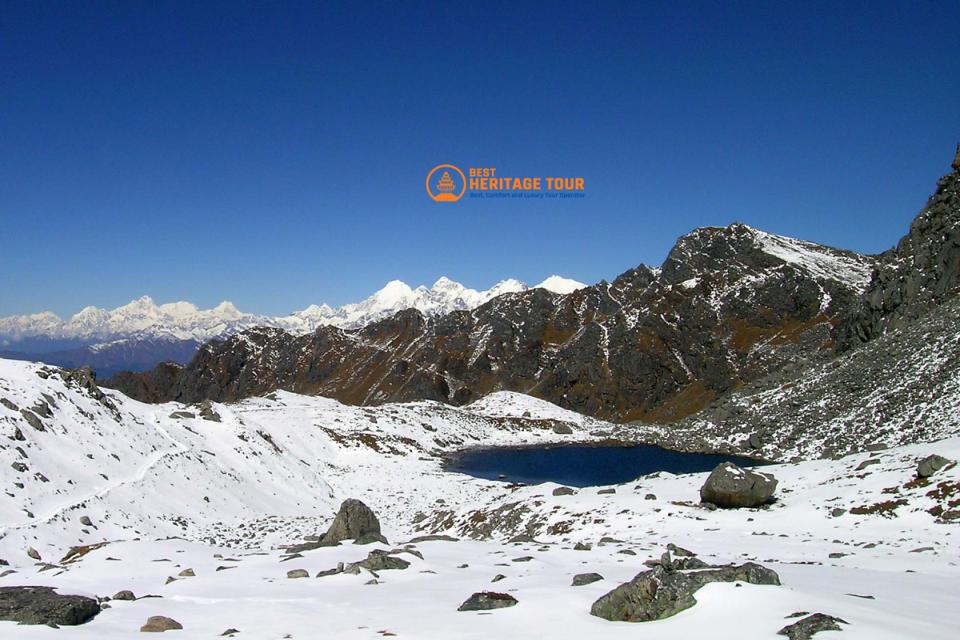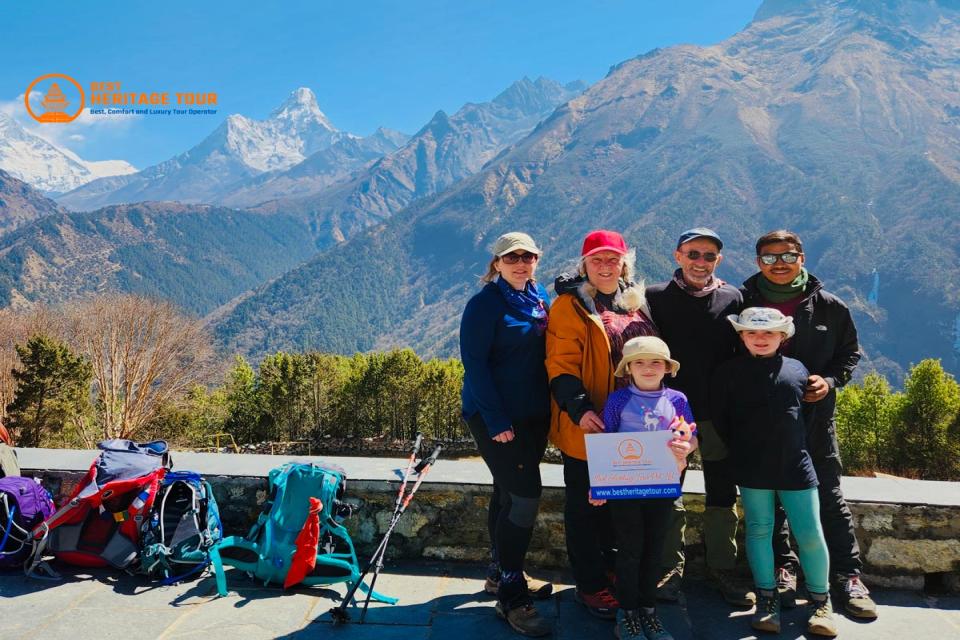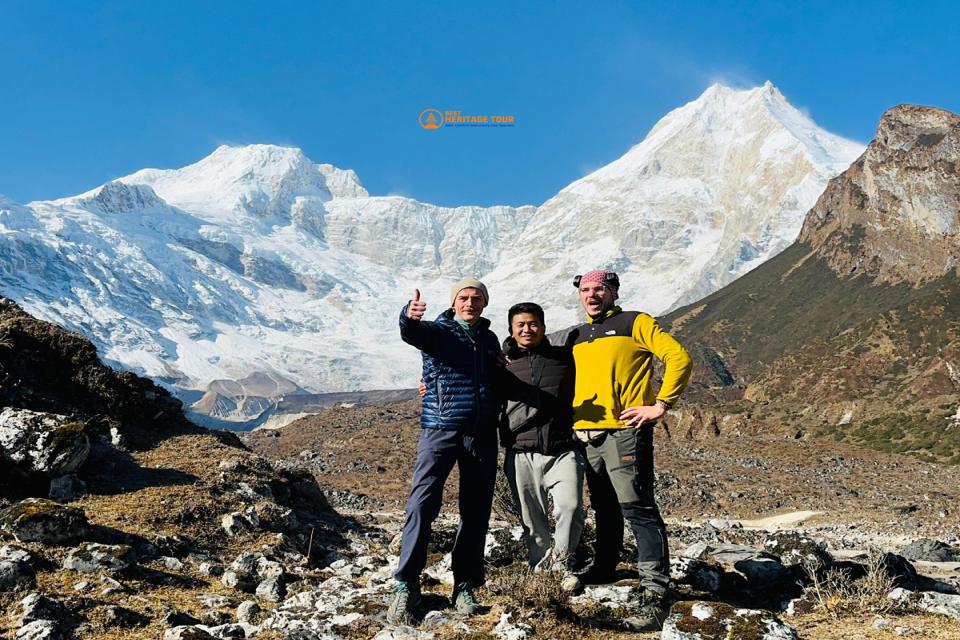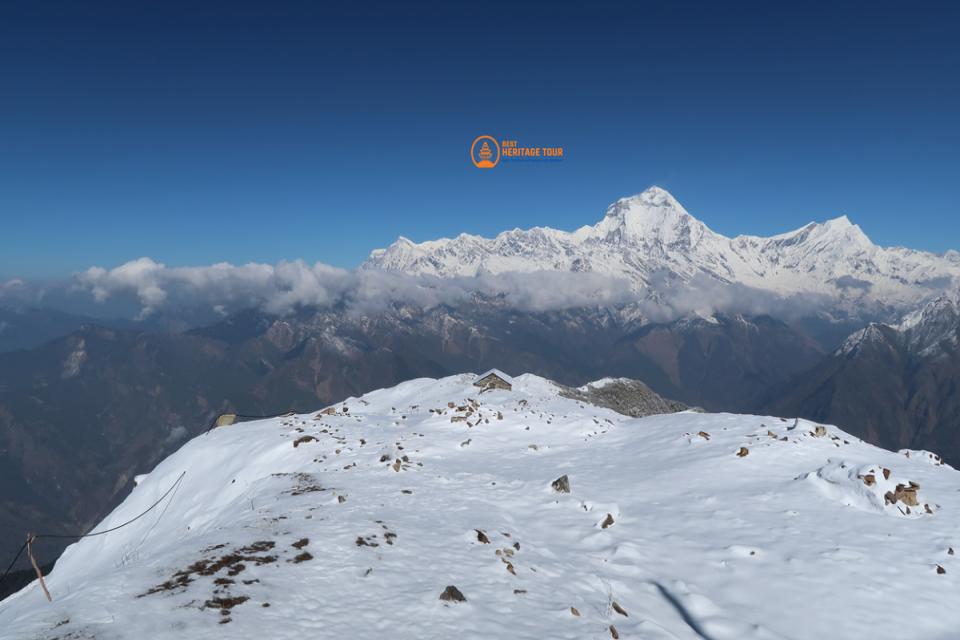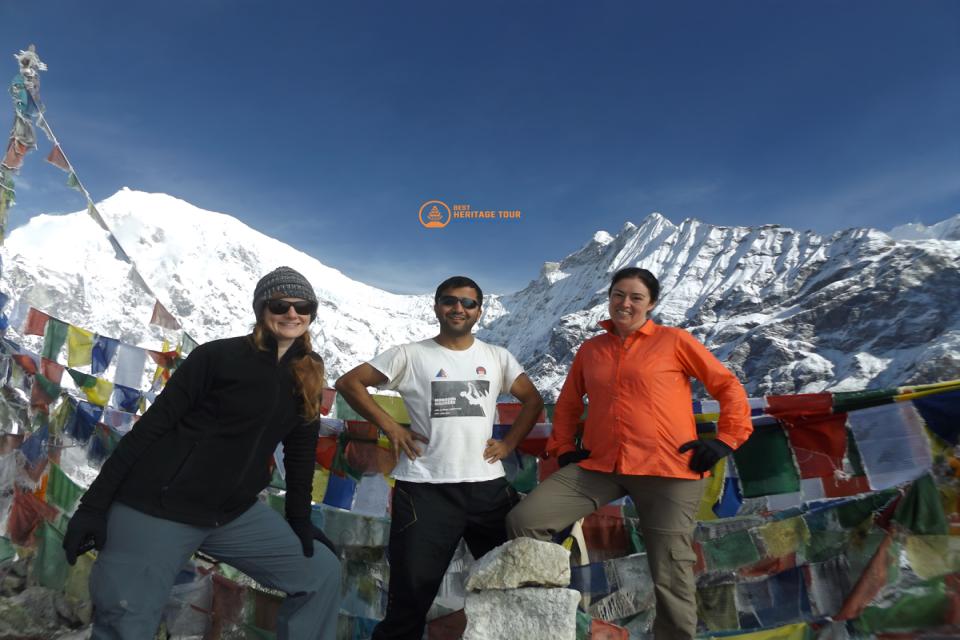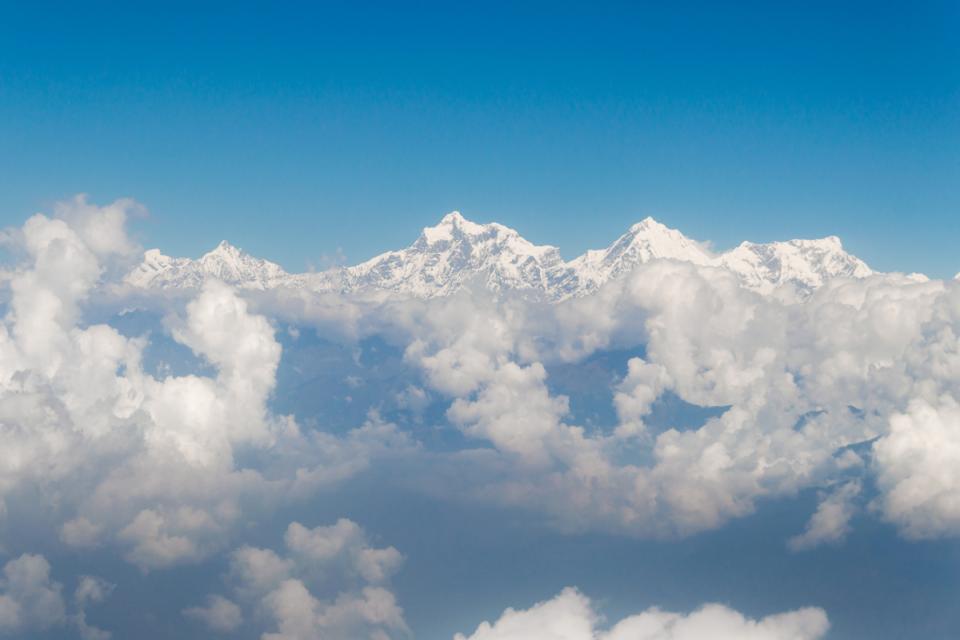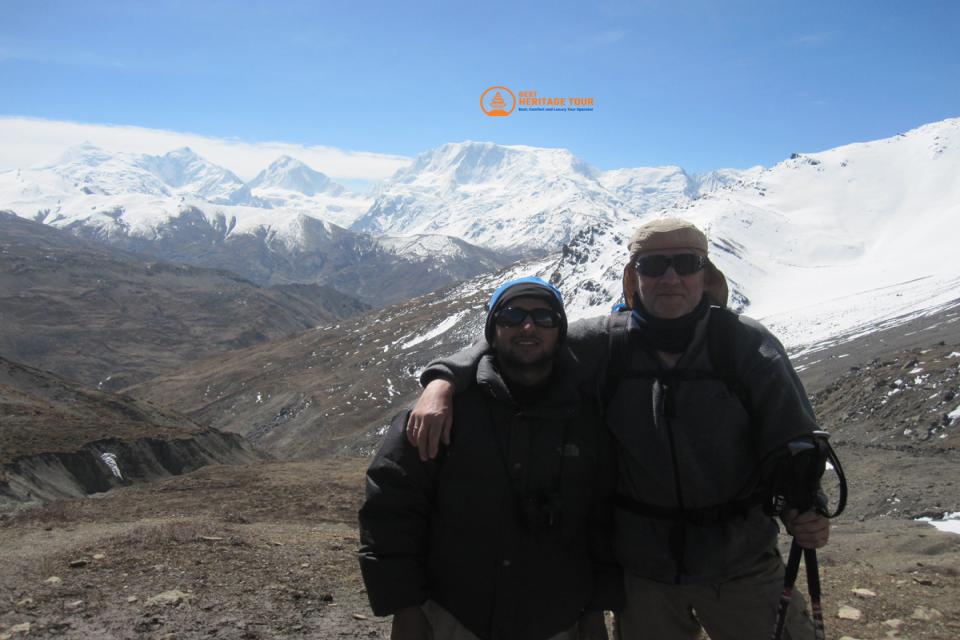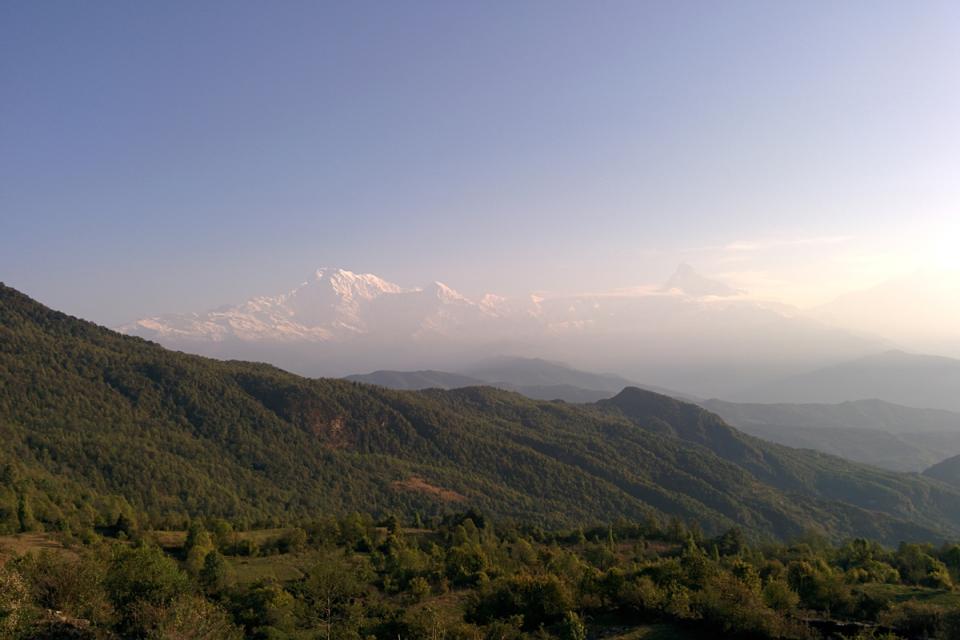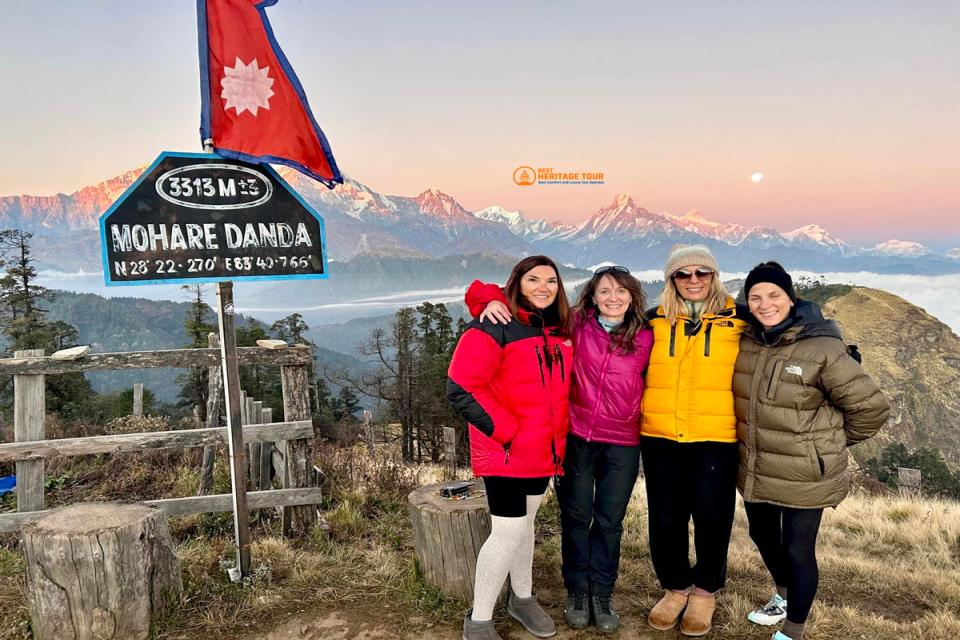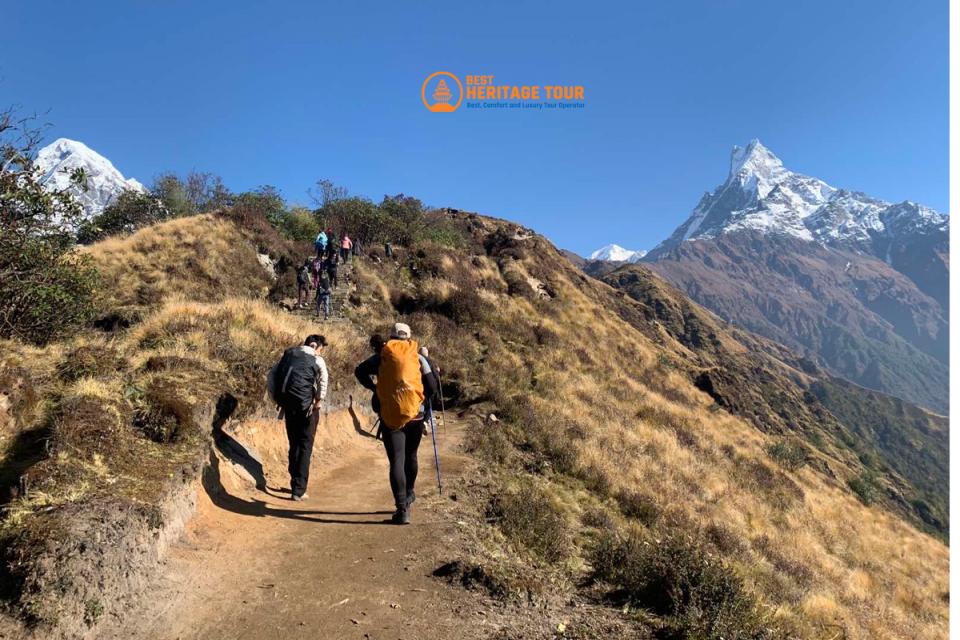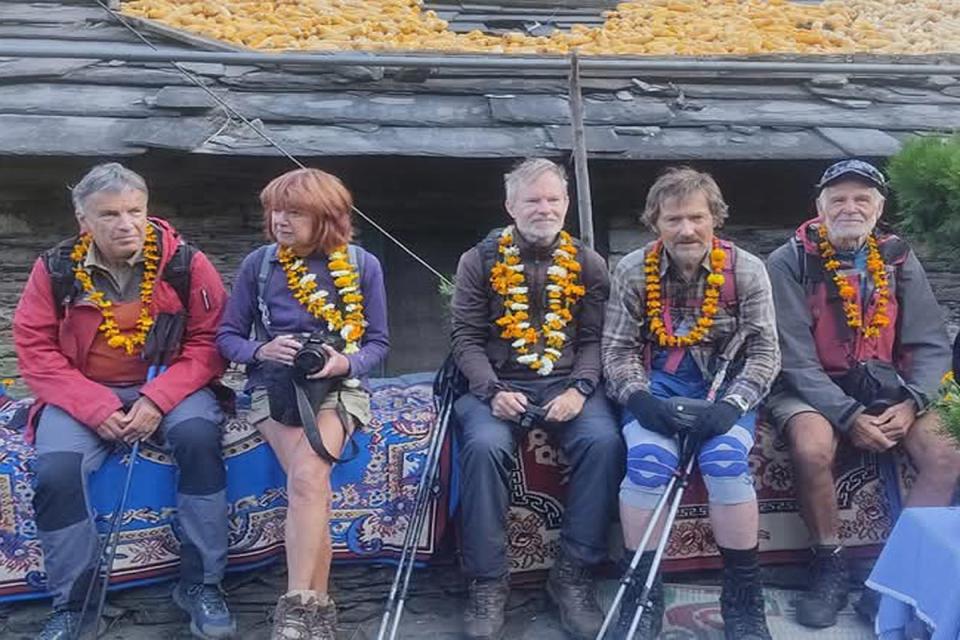Nestled in the lap of the Himalayas, Nepal is a top trekking destination for adventurers, nature enthusiasts, and cultural travelers alike. With its world-renowned Himalayan trekking routes, Nepal trekking offers an unforgettable blend of breathtaking landscapes and rich traditions. One of the most popular and accessible ways to experience these trails is through teahouse trekking in Nepal.
Unlike wilderness camping, this style of trekking combines scenic mountain views, authentic local culture, and the basic comfort of staying in traditional lodges each night. But what exactly is teahouse trekking? How much should you budget? And what can trekkers realistically expect on the trail?
In this comprehensive Nepal trekking guide, we’ll cover everything you need to know about teahouse trekking in Nepal, including route highlights, daily life on the trek, what to pack, and a detailed cost breakdown for the 2025/2026 season.
What is Teahouse Trekking?
A Cultural and Comfortable Way to Trek
Teahouse trekking refers to trekking routes in Nepal where you stay at local lodges (called "teahouses") instead of carrying camping gear. These are small guesthouses run by local families or communities that offer basic accommodation, food, and drinks. Found along popular trekking routes such as the Everest Base Camp, Annapurna Circuit, and Langtang Valley, teahouses offer trekkers a chance to experience local hospitality while hiking in some of the world’s most spectacular mountain terrain.
Who is it for?
This style of trekking is suitable for:
- Solo trekkers and group trekkers exploring Nepal
- Budget and mid-range travelers looking for affordable trekking in Nepal
- Trekkers interested in authentic cultural experiences
- Hikers who prefer lightweight backpacking without tents or food supplies
- First-time trekkers seeking a safe and beginner-friendly trekking option
- Travelers who want to support local communities through sustainable tourism in Nepal
What to Expect in a Teahouse
Teahouses are simple, locally-run lodges that offer basic food and lodging to trekkers. While they vary by region and altitude, all provide a cozy place to rest, eat, and recharge. You can expect the following:
1. Accommodation Standards
While the name may sound rustic, teahouses range from extremely basic to relatively cozy. Most offer:
- Twin beds with foam mattresses and clean bedsheets
- A pillow and blanket (but bringing your own sleeping bag is highly recommended)
- Shared toilets (usually squat or Western-style)
- Solar-heated showers (for an extra charge)
In busier or more commercialized areas like Namche Bazaar or Ghorepani, you may find teahouses with attached bathrooms and Wi-Fi.
Tip: Don’t expect luxury. The higher you go in altitude, the more basic the facilities become.
2. Food and Menus
Teahouses typically offer a surprisingly varied menu for trekkers, often presented in English. You’ll commonly find:
- Dal Bhat (rice, lentil soup, curry), unlimited refills!
- Fried rice, chow mein, spaghetti, and macaroni
- Momo (Nepali dumplings)
- Pancakes, porridge, muesli
- Tea, coffee, soft drinks, and even beers (at lower altitudes)
The golden rule: Eat local and eat fresh. Imported goods become increasingly expensive with elevation.
Fun Fact: "Dal Bhat power, 24 hour!" is a popular phrase among trekkers for good reason, it's energy-packed and replenishing.
3. Electricity and Charging
Electricity is usually available, but not always reliable. Most teahouses charge extra for:
- Charging phones and camera batteries
- Using Wi-Fi (if available)
- Hot showers
Note: Bring a solar charger or power bank, especially for remote treks like Manaslu or Upper Mustang.
4. Wi-Fi and Connectivity
Don’t rely on the internet! While lower-altitude lodges may offer Wi-Fi (e.g., in Lukla or Syabrubesi), it's slow and often unreliable.
If staying connected is essential:
- Purchase a Ncell or NTC SIM card in Kathmandu
- Use the Everest Link Wi-Fi cards available on Everest Treks
Popular Teahouse Trekking Routes in Nepal
1. Everest Base Camp Trek (EBC)
- Region: Khumbu (Everest Region), Eastern Nepal
- Duration: 12-14 days
- Maximum Altitude: 5,364 meters (Everest Base Camp)
- Teahouse Quality: Good; ranges from basic lodges to comfortable, premium teahouses in some villages
- Trekking Highlights: Stunning views of Mount Everest, cultural immersion in Sherpa villages, Tengboche Monastery, Sagarmatha National Park, and iconic Himalayan scenery
The Everest Base Camp Trek is one of the most iconic Nepal trekking routes, offering a mix of natural beauty, cultural experiences, and well-established teahouses. Trekkers in the Everest region can expect breathtaking mountain views, hearty meals, and warm Sherpa hospitality at each stop.
2. Annapurna Circuit Trek
- Region: Annapurna Region, Central Nepal
- Duration: 15-20 days
- Maximum Altitude: 5,416 meters (Thorong La Pass)
- Teahouse Quality: Moderate to high; good facilities in most villages
- Trekking Highlights: Crossing Thorong La Pass, exploring the traditional village of Manang, soaking in natural hot springs at Tatopani, and enjoying diverse landscapes from subtropical forests to alpine terrain
The Annapurna Circuit Trek is a classic Nepal trekking route known for its rich cultural variety, ever-changing scenery, and well-developed teahouse infrastructure. Ideal for trekkers seeking both challenge and comfort, this Annapurna region trail offers an unforgettable teahouse trekking experience in Nepal.
3. Annapurna Base Camp (ABC)
- Region: Annapurna Region, Central Nepal
- Duration: 7-12 days
- Maximum Altitude: 4,130 meters (Annapurna Base Camp)
- Teahouse Quality: Generally very good; well-maintained lodges with hot meals and basic amenities
- Trekking Highlights: Panoramic views of Annapurna I, Machapuchare (Fishtail), and Hiunchuli, traditional Gurung villages, lush forests, and dramatic alpine landscapes
The Annapurna Base Camp Trek, also known as the ABC Trek, is one of the most popular teahouse trekking routes in Nepal, ideal for trekkers seeking moderate altitude and rewarding mountain views. With comfortable teahouses and a rich cultural backdrop, this Annapurna region trek offers a perfect blend of adventure and accessibility.
4. Langtang Valley Trek
- Region: Langtang Region, Northern Nepal (close to the Tibetan border)
- Duration: 7-10 days
- Maximum Altitude: 4,984 meters (Tserko Ri)
- Teahouse Quality: Mostly basic; many lodges rebuilt after the 2015 earthquake
- Trekking Highlights: Immersive Tamang culture, yak pastures, scenic views of Langtang Lirung and glaciers, and peaceful high-altitude valleys
The Langtang Valley Trek is one of the best short Nepal trekking routes for those seeking solitude, cultural encounters, and mountain beauty without the crowds. Located just north of Kathmandu, this Langtang region trek features teahouse trekking in Nepal at its most authentic, simple lodges, hearty meals, and warm local hospitality in a stunning Himalayan setting.
Teahouse Trekking Costs (2025/2026 Update)
Let’s break down the average daily costs for teahouse trekking in Nepal:
|
Expense Category |
Low Budget (USD) |
Mid-Range (USD) |
|---|---|---|
|
Teahouse Stay (per night) |
$3 - $10 |
$10 - $25 |
|
Meals (3/day) |
$10 - $20 |
$20 - $30 |
|
Drinks & Snacks |
$3 - $8 |
$8 - $15 |
|
Hot Showers & Charging |
$1 - $5 |
$5 - $10 |
|
Wi-Fi (if any) |
$2 - $5 |
$5 - $10 |
|
Daily Total |
$20 - $40 |
$40 - $80 |
Note: Costs vary by region, altitude, and season. Expect higher prices on routes like Everest Base Camp.
Full Trek Estimate (10-14 days):
- Budget Trekker: $250 - $500
- Mid-Range Trekker: $600 - $1,000
Note: These estimates exclude flights (e.g., Kathmandu–Lukla), permits, and guides/porters, which we’ll cover below.
Required Permits for Teahouse Trekking
Depending on your trekking region, you’ll need various permits:
1. TIMS Card (Trekkers’ Information Management System)
- Cost: NPR 2,000 (~$15)
- Required for most treks
2. National Park / Conservation Area Permits
- Annapurna: ACAP - NPR 3,000 (~$22)
- Langtang: LNP - NPR 3,000 (~$22)
- Everest: Khumbu Pasang Lhamu Municipality Permit - NPR 2,000 ($22)
Pro Tip: Always carry multiple passport-size photos and a copy of your passport for permits.
Hiring Guides and Porters
While teahouse treks are popular among independent trekkers, hiring a guide or porter can make the experience more enjoyable and safer, especially at higher altitudes.
|
Role |
Daily Cost (USD) |
Notes |
|---|---|---|
|
Guide |
$25 - $35 |
Certified, English-speaking |
|
Porter |
$20 - $25 |
Carries up to 20-25kg |
|
Guide-porter |
$25 - $30 |
Combined role, common on budget treks |
Note: Rates may vary slightly by region and season. Hiring locally not only supports the community but also ensures better trail guidance and cultural insight during your Nepal trekking experience.
Best Time for Teahouse Trekking
The ideal seasons for teahouse trekking in Nepal are:
1. Spring (March-May)
- Clear skies, blooming rhododendrons
- Moderate temperatures
- Busy trails
2. Autumn (September-November)
- Best visibility
- Stable weather
- Peak trekking season
3. Off-Season Options
- Winter (Dec-Feb): Very cold, limited teahouse availability at high altitudes
- Monsoon (June-August): Wet and muddy; best avoided except in rain-shadow regions like Upper Mustang
Practical Tips for a Smooth Trek
To make your trek in Nepal safe and enjoyable, keep these practical tips in mind. A little preparation goes a long way on the trail. Here are the following:
1. Bring Cash
- ATMs are rare or unreliable on the trails
- Carry enough Nepali Rupees for the entire trek
2. Pack Light but Smart
- Down jacket, trekking poles, rain gear
- Sleeping bag (rated -10°C for higher elevations)
- Water purification tablets or a filter bottle
3. Respect Local Culture
- Dress modestly
- Always ask before taking photos of locals
- Follow trail etiquette and don’t litter
4. Acclimatize Properly
- Ascend slowly and stay hydrated
- Follow the rule: Climb high, sleep low
Pros and Cons of Teahouse Trekking
Teahouse trekking offers a unique blend of convenience and cultural experience, but it also comes with some trade-offs. Here’s a quick look at the advantages and challenges you can expect on this popular trekking style.
Pros:
- Lightweight trekking, no tents or food to carry
- Cultural immersion with local families
- Affordable compared to guided tours abroad
- Hot meals and basic comfort are available daily
Cons:
- No privacy in shared rooms or bathrooms
- Limited heating, except cold nights
- Crowded during peak season
- Prices increase with altitude
Final Thoughts: Why Teahouse Trekking is Perfect for Nepal
Teahouse trekking in Nepal isn’t just about hiking mountains, it’s a cultural journey. You walk through ancient villages, chat with locals, enjoy home-cooked meals, and sleep beneath the world’s highest peaks, all without needing to be a survivalist camper. Whether you’re a first-time trekker or a seasoned backpacker, this style of trekking offers the perfect balance between adventure and comfort, making it the best way to explore the Himalayas in 2025/2026.
So lace up your boots, pack your bags, and prepare for an unforgettable journey. The trails of Nepal and their warm teahouse hosts are waiting for you.
Ready to experience the best of Nepal’s Himalayas with comfortable and authentic teahouse trekking? Discover breathtaking mountain trails, warm local hospitality, and unforgettable cultural moments in 2025/2026. Whether you’re a first-time trekker or a seasoned adventurer, Best Heritage Tour’s expert guides and reliable support ensure a safe, eco-friendly, and truly immersive journey.
Book your teahouse trek today or get more information:
-
Phone/WhatsApp/Viber: +9779851149197 / +9779810043046
-
Email: bestheritagetour@gmail.com / info@bestheritagetour.com
-
Website: www.bestheritagetour.com
-
Location: Thamel Marg, Kathmandu, Nepal
Author: Best Heritage Tour
Date: 17th June, 2025



